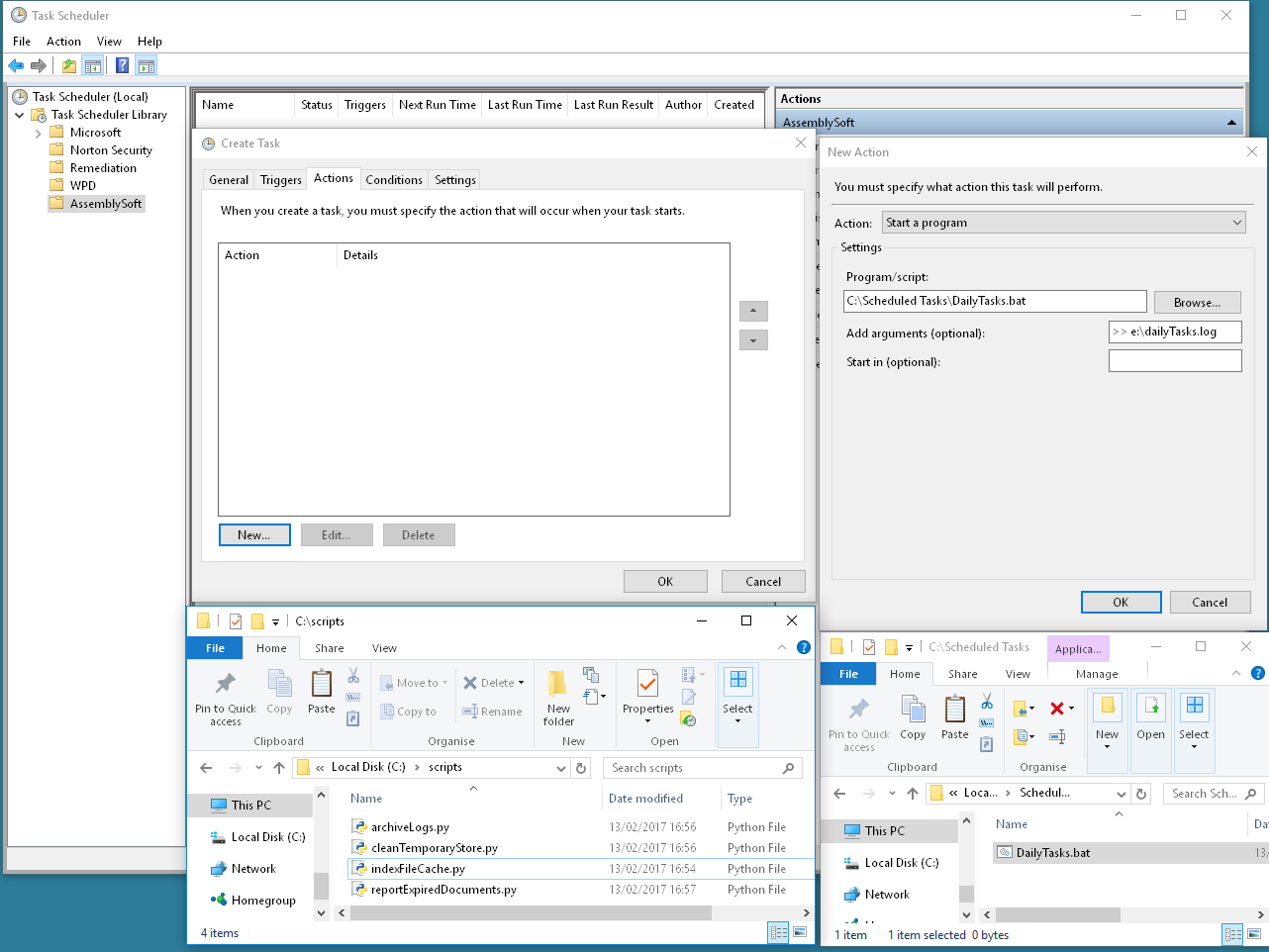

- #Script debugger error getting property how to#
- #Script debugger error getting property code#
- #Script debugger error getting property trial#
Once we have good contextual errors being reported, we need to actually fix them. For example, you could have 10% of your traffic load scripts from the same origin and use this traffic for error monitoring.įor a more thorough discussion and the causes and other solutions, check out the TrackJS Blog on Script Error. You may lose some performance benefits of a CDN and multiplexed loading, so may want to consider doing this temporarily or for only a fraction of your traffic. The most compatible way to handle Script Error is to load scripts from the same origin as the page. We need to get it out of the way fast to understand our real problems.

No indication of how your users are impacted. For example, if your scripts are loaded from a CDN, or referenced from a third-party, errors that originate in them would have their details stripped out. This is caused by the browser obfuscating errors from a script on a different origin as part of the Same-Origin Policy. One of the first errors you are likely to log is `Script Error`.

If you want to do this, or add additional context to things passed into the console, you can wrap the console functions. TrackJS will automatically record messages passed into `console.error`. While I don’t agree with mechanism of revealing errors, this is a common enough practice that we should know when it happens. Many third-party JavaScript libraries reveal errors and configuration problems as `console.error` messages to the browser console. Tip: Since TrackJS records messages passed into the console, you could add your own request and response bodies and headers by writing them out into the console. If you are customizing your own tools, you may want to consider capturing this depending on the context of your application To protect sensitive data, it does not capture request or response bodies or headers.
#Script debugger error getting property code#
TrackJS records network errors as the METHOD and URL of the network request, as well as the status code of the response. Unfortunately, there is not a standard way to describe a network error. Tracking network errors are an important part of understanding the experience of the end users. Most browser applications will chat with a server, and sometimes that communication breaks. Not all web application errors involve the JavaScript Error object. If you are building something yourself, you should take a look at StackTrace JS, which can help give you similar capability. TrackJS will automatically normalize the structure of your stack traces. Even for new browsers, the structure and syntax of the stack trace is different. Wait, what about the stack? Strangely enough, an error stack trace is a non-standard property! Internet Explorer older than 10 and Safari older than 6 do not even include it.
#Script debugger error getting property trial#
If you haven’t already, grab a free trial account of TrackJS and it will show you an installation snippet that looks something like this: It will wrap up our application and the browser’s API to catch errors and send them off to be normalized and logged. To capture errors from our application, we’ll need to add the TrackJS tracker agent to the page.
#Script debugger error getting property how to#
Then we’ll take a look at the most common causes of errors that occur and how to identify them. In this article, we’ll look at the basics of monitoring our JavaScript apps and how to start debugging with the errors reported. Teams at Microsoft, Twitter, StackOverflow, and Atlassian use TrackJS to quickly identify and triage user bugs. JavaScript Error Monitoring from TrackJS is a great option to get visibility into your production environment fast. We need to know what went wrong and how to fix it or our users just won’t come back. Browser changes, invasive plugins, unstable networks, or just plain bugs - something is going to go wrong. The web can be a hostile place and our JavaScript apps will inevitably break for some users. I enjoyed reading it, and learned a thing or two. I’m pleased to bring you this sponsored post for TrackJS by Todd H. Once in a while we find products or services that we highly recommend and invite the company behind them to participate in a sponsored post. Flux & Redux users in particular will appreciate TrackJS context features. There are lots of solutions designed to fix this problem, but few error tracking services provide as much context and clarity for JavaScript errors as TrackJS. You may not see them, but perhaps thousands, even millions of your users do see them every day, in the middle of workflows that are critical to their success with your app. Editor’s Note: The hardest bugs to fix are the bugs you never see.


 0 kommentar(er)
0 kommentar(er)
